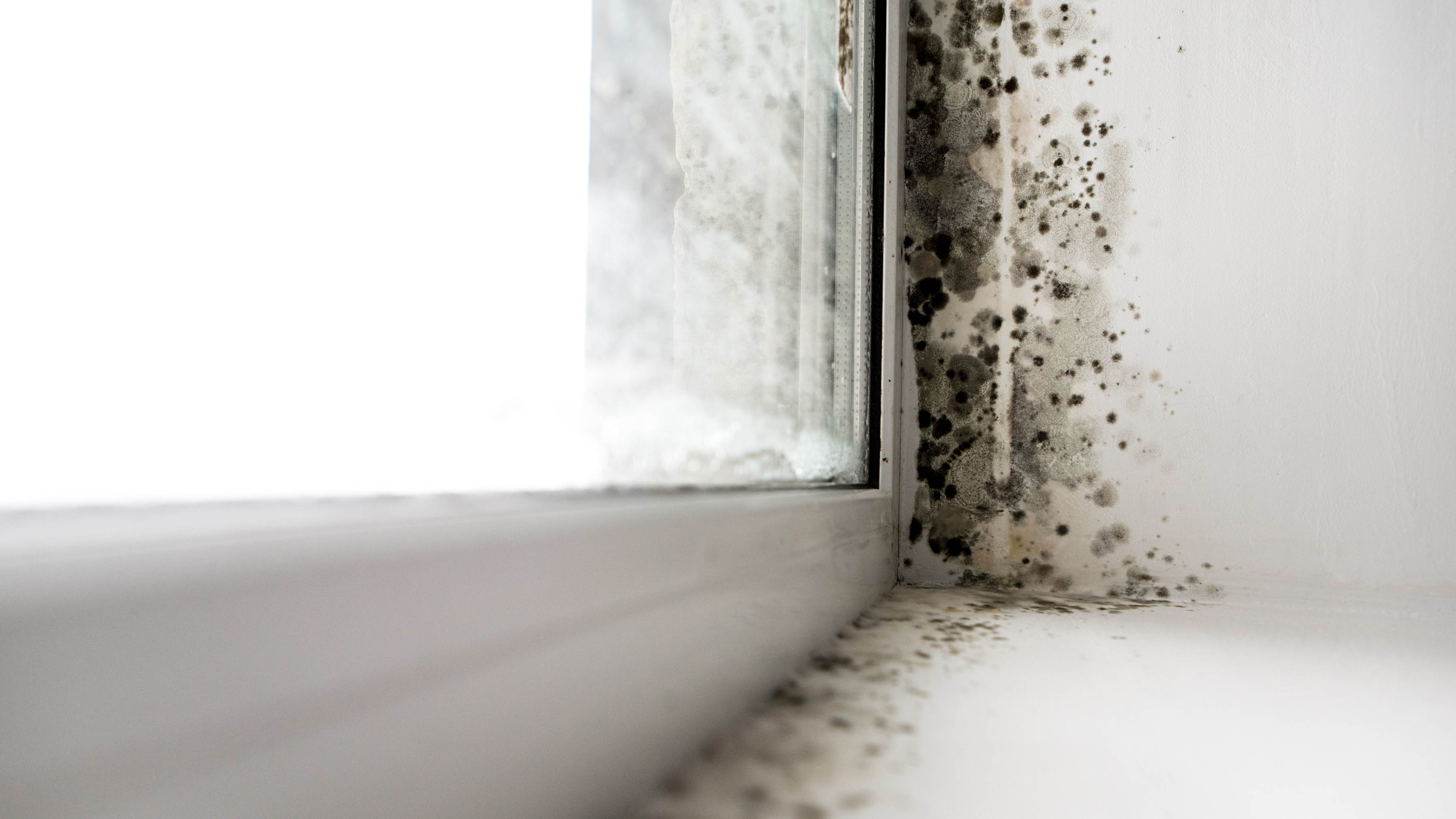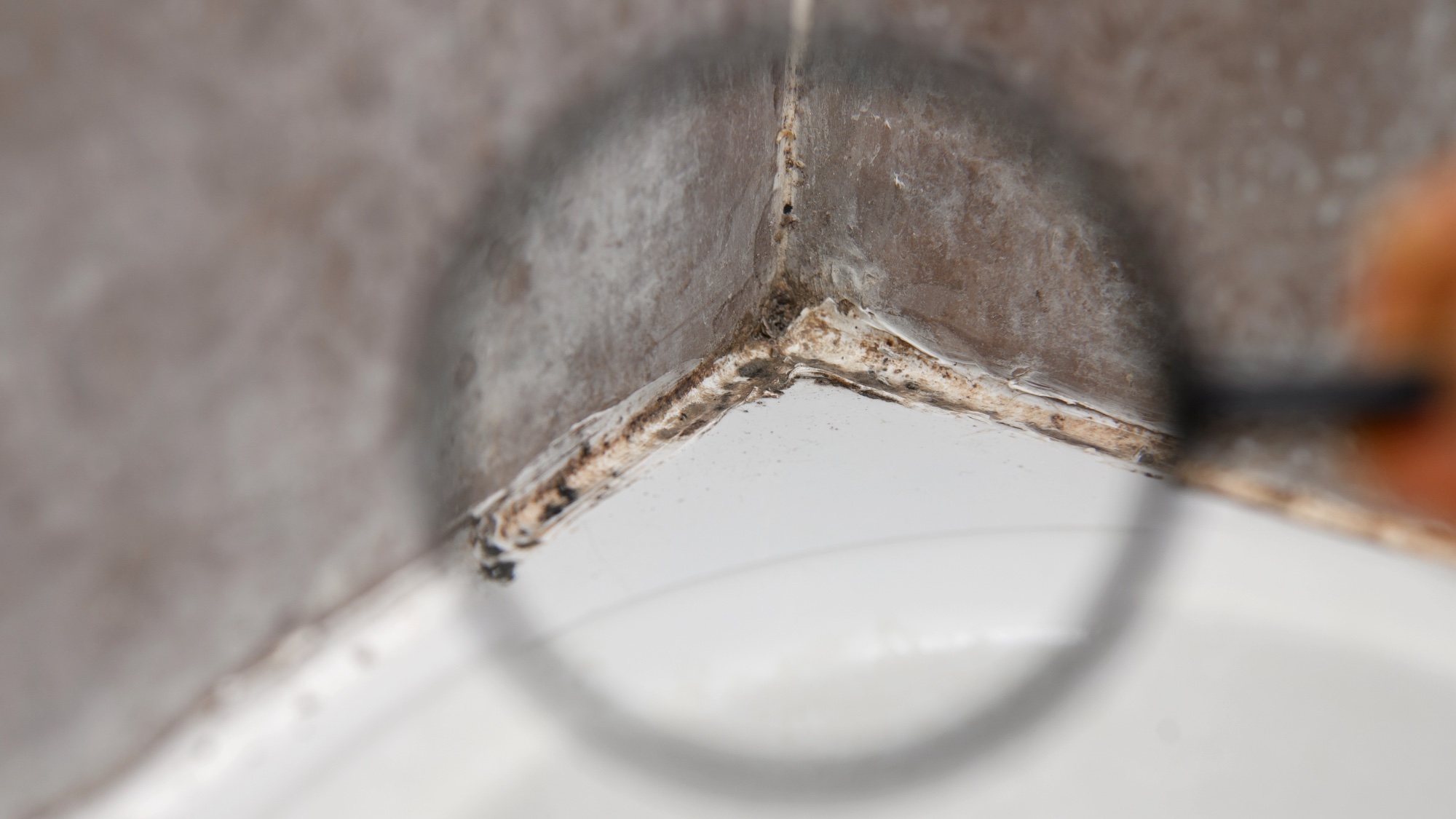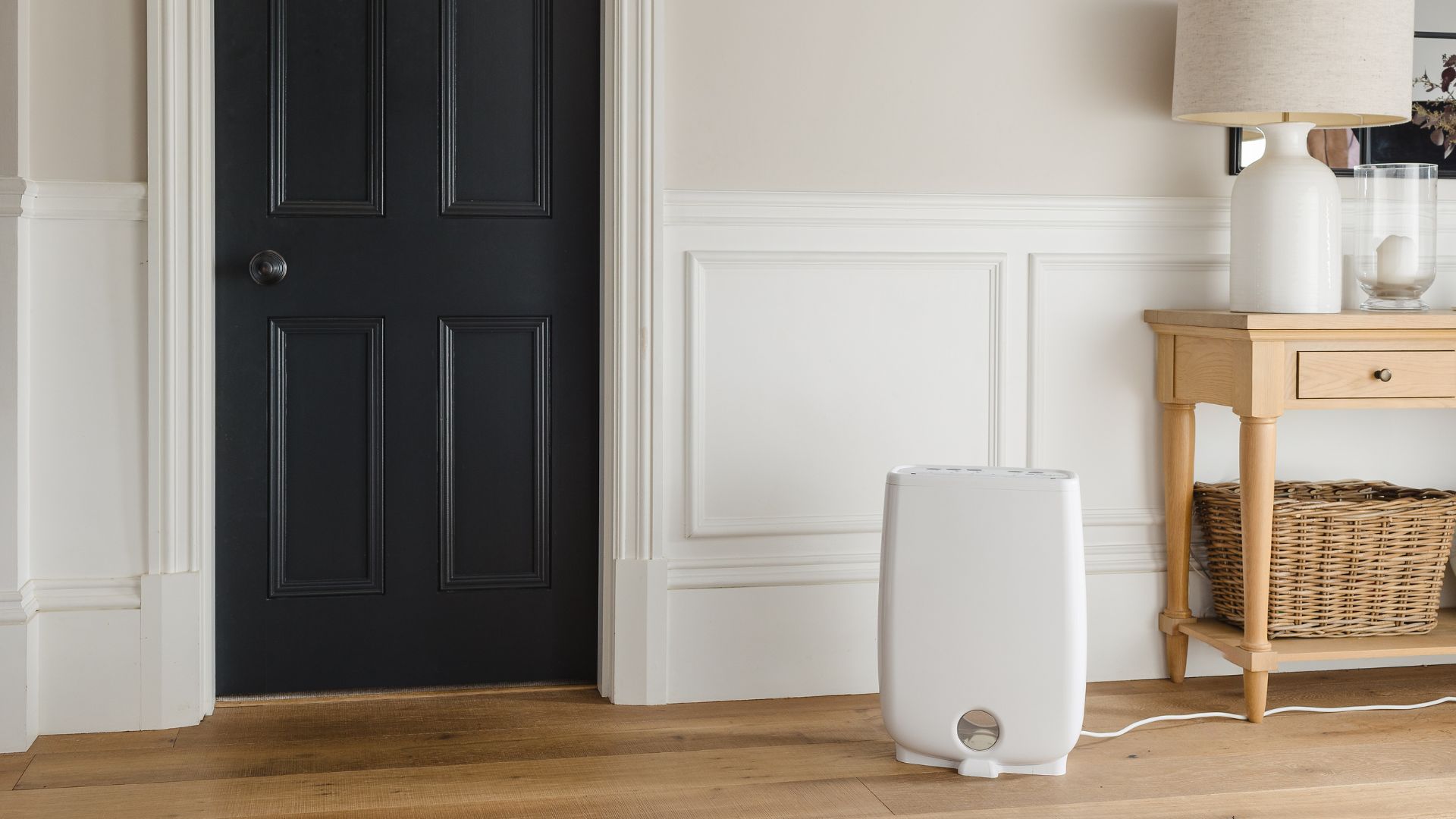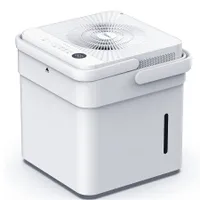Think you don’t have mold in your home? This new research reveals you could be wrong

Mold has a sneaky way of creeping into every home, and however much you try to prevent mold from taking over, it always seems to win the battle. But mold is more than just unsightly black marks — it’s a danger to your health, causing allergic reactions and respiratory problems.
What’s more, the alarming news is that your home contains more mold than you realize. According to a new survey, published by Talker Research, conducted on behalf of Rainbow Restoration, the 2,000 respondents estimated on average that 37% of homes contain mold. In reality, the figure is far higher and stands at 47%, according to the National Institute for Occupational Safety and Health.
And when it came to identifying mold issues in their own homes, 77% of respondents said they’ve never had mold. Yet only a quarter of the 2,000 people surveyed were able to correctly identify the most common types, with 25% identifying Stachybotrys chartarum and 23% identifying Alternaria.
So what does this mean for you? The results show that you could be living with mold without realizing it.
Where is mold lurking?

When asked to identify the most common areas of the home that develop mold the respondents named the bathroom (63%), basement (44%), living room (40%) and bedroom (30%). While the common signs they look for include water stains (21%), peeling paint (20%) and musty odors (19%).
“Mold thrives in damp and poorly ventilated areas in a home. Areas highly susceptible to mold growth are bathrooms, kitchens and basements, as well as around any windows or doors,” said Josh Miller, president of Rainbow Restoration, a Neighborly company. “Mold can cause serious health problems if left untreated, so it’s important to be aware of indicators your home may be infected.”
And while respondents were clear on the physical symptoms associated with mold, such as coughing (44%), wheezing (39%), and sneezing (36%), they were less aware of other symptoms, such as unexplained weight changes (5%), ringing in the ears (5%), extreme numbness and tingling (7%), hair loss (8%) and abdominal or muscle pain (9%).
Get instant access to breaking news, the hottest reviews, great deals and helpful tips.
As someone who writes about home topics, owns a house susceptible to mold, and has a family with allergies, I was completely unaware of the lesser symptoms, such as weight change and muscle pain.
For many, mold is not a top priority

And for those who have an emergency preparedness plan, the results highlight that only one in five of those have a mold prevention plan, with fire, storm damage and electrical failure coming out as higher priorities.
However, Miller says mold growth is a side-effect of natural disasters, such as extreme flooding and torrential rains. “It can spread rapidly if untreated and owners should take immediate action if they experience any kind of water damage,” he says.
But what does the survey reveal in terms of dealing with mold? “While 49% of respondents said they would immediately call in a professional for mold concerns, 40% would try to handle it themselves,” says Miller.
For those who lack space, this compact dehumidifier is a great option. The Midea 20 pint cube dehumidifier has a 20-pint capacity but gets the job done. Operated via an app, you can monitor it from your phone, view humidity levels and receive alerts when the bucket is full.
How to prevent mold
Although you can’t foresee natural disasters, you can take action to prevent mold from setting foot in your home, which is caused by other reasons.
Top tips to prevent mold
Here are my top 5 tips to prevent mold in your home, to stop it taking a foothold.
1. Improve the air flow throughout your home. It will help prevent the buildup of condensation and the resulting mold.
2. Avoid hanging damp laundry indoors without proper ventilation, or leaving wet towels in your bathroom.
3. Wipe down the surfaces in your bathroom to stop moisture from lingering.
4. Use a dehumidifier in areas susceptible to mold, such as a basement or where you dry laundry.
5. Check for mold regularly to avoid it building up and becoming an issue.
More from Tom's Guide
- 7 ways you might be encouraging mold in your home this season
- 5 houseplants that will help prevent mold in your home
- 9 ways to get rid of condensation inside your windows

Camilla is the Homes Staff Writer and covers everything to do with homes and gardens. She has a wealth of editorial experience, mounting over 30 years, and covers news and features, tests products for reviews and compiles buying guides.
Her work has appeared in business and consumer titles, including Ideal Home, Real Homes, House Beautiful, Homebuilding & Renovation, and Kitchen & Bathroom Business. She’s even appeared on the cover of Your Home, writing about her own house renovation.
Although she’s obsessed with decorating her home, she also enjoys baking and trying out the latest kitchen appliances. But when she’s not inside, you’ll find her pottering about in her yard, tending to her vegetable patch or taking in her prized hydrangeas.
You must confirm your public display name before commenting
Please logout and then login again, you will then be prompted to enter your display name.

